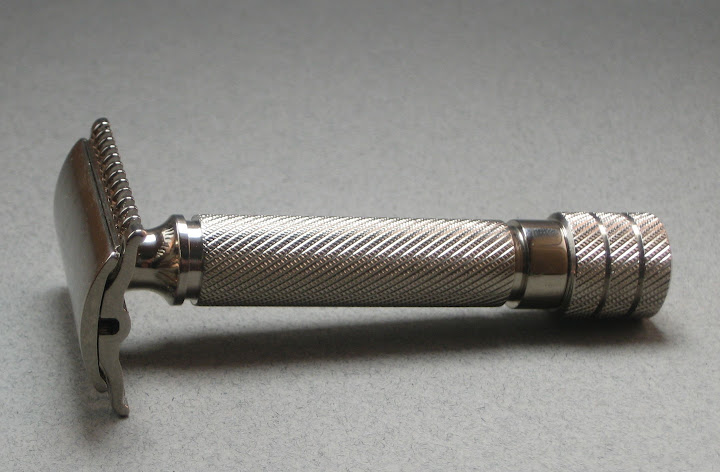bradjacob
Titanium
- Joined
- Nov 18, 2008
- Location
- Easton, PA
Ok so i got my new Phase ll tool post and I tried to do some knurling. Man, is was really bad. 
I used back gear, a slow feed (around 200), pressed it into the metal and instantly it began to cross thread. I thought i could let it sink in at least a couple revolutions before engaging the power feed. Am I doing something wrong?

I used back gear, a slow feed (around 200), pressed it into the metal and instantly it began to cross thread. I thought i could let it sink in at least a couple revolutions before engaging the power feed. Am I doing something wrong?


